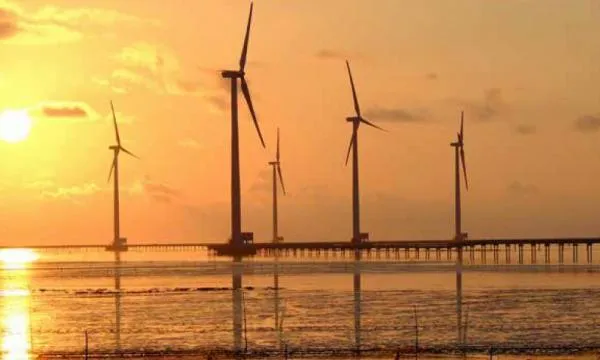
Can wind projects push more Chinese regions to grid parity?
Falling wind power costs and government support could help, analysts say.
More regions in China could achieve grid parity due to the falling costs of wind power generation and increased support for project targets, Maybank Kim Eng said in a report.
According to a research note, the Chinese government’s issuance of a notice “Supporting grid parity of wind and solar power projects” would allow grid parity projects to sell green certificates and to receive local government subsidies to enhance return. It would also prioritise power generation from grid-parity projects when dispatching to the grid.
“We think the recent notice to promote grid parity projects to incentivize operators to rely less on subsidies could enhance the wind market’s long term development and the new wind farms’ cashflow visibility will improve,” said Maybank KE analyst Ricky WK Ng.
Wind companies’ power generation grew in 2018 and Maybank KE expects this momentum to continue in 2019 as utilisation improves. For 11M2018, wind power generation rose 20% YoY, and according to Maybank KE, this was mainly fuelled by favourable policies that focus on utilisation hours instead of installed capacity. Generation fell 7% from the previous month.

Wind power generation for Maybank KE’s covered stocks grew by double digits YoY (Huaneng Renewables +11.2%, Longyuan +14.8%, and Datang Renewable +17.6%).
Utilisation for 11M18 was 1,891 hours, up 139 hours or 7.9% YoY from the policy impetus and enhanced power infrastructure: controlled wind-capacity additions, lower curtailment rates, and growth in interprovincial power transmissions (as a proxy of UHV lines’ effectiveness).
“Whilst this has not led to share price outperformance in 2018, we believe greater clarity about the Renewable Portfolio Standard (RPS) and subsidy policies by the end of March 2019 will be a catalyst prompting the market to recognize the attractive value of the sector,” Ng said.
“We also expect the delay in the government subsidy payment to shorten in 2019 which will improve cash flow to the operators. We already saw subsidy payments flowing to companies in 3Q2018,” Ng added.








![Cross Domain [Manu + SBR + ABF + ABR + FMCG + HBR + ]](https://cmg-qa.s3.ap-southeast-1.amazonaws.com/s3fs-public/styles/exclusive_featured_article/public/2025-01/earth-3537401_1920_4.jpg.webp?itok=WaRpTJwE)
![Cross Domain [SBR + ABR]](https://cmg-qa.s3.ap-southeast-1.amazonaws.com/s3fs-public/styles/exclusive_featured_article/public/2025-01/pexels-jahoo-867092-2_1.jpg.webp?itok=o7MUL1oO)









 Advertise
Advertise


